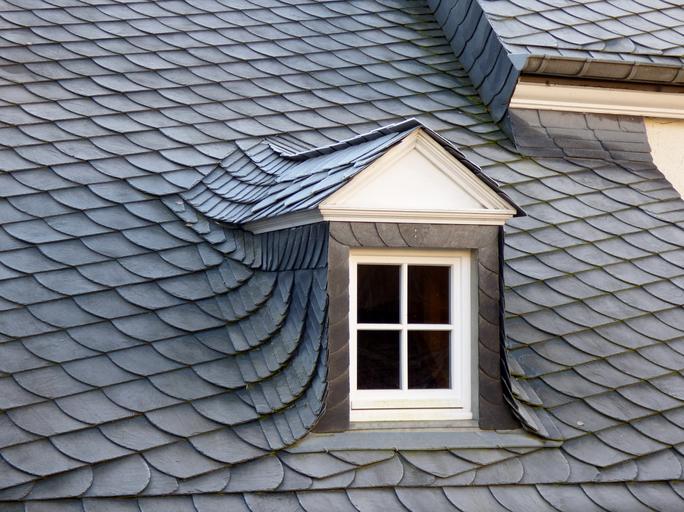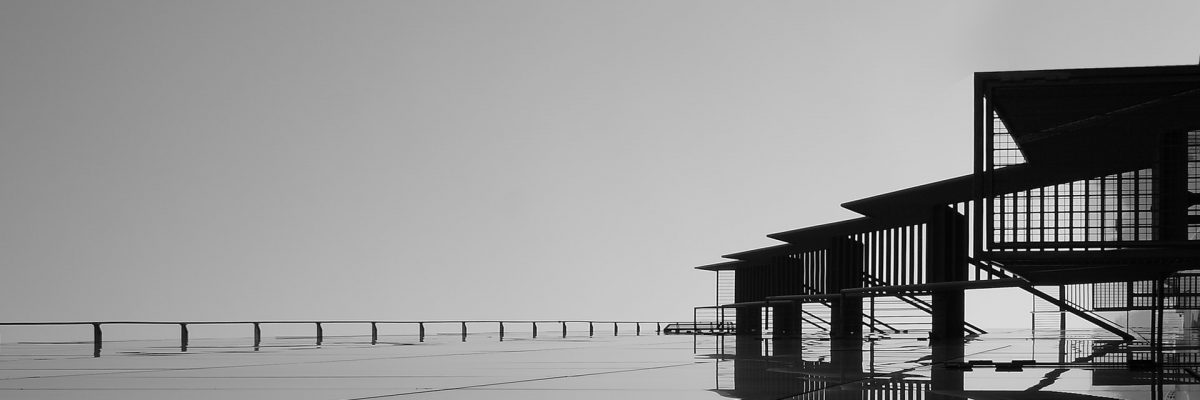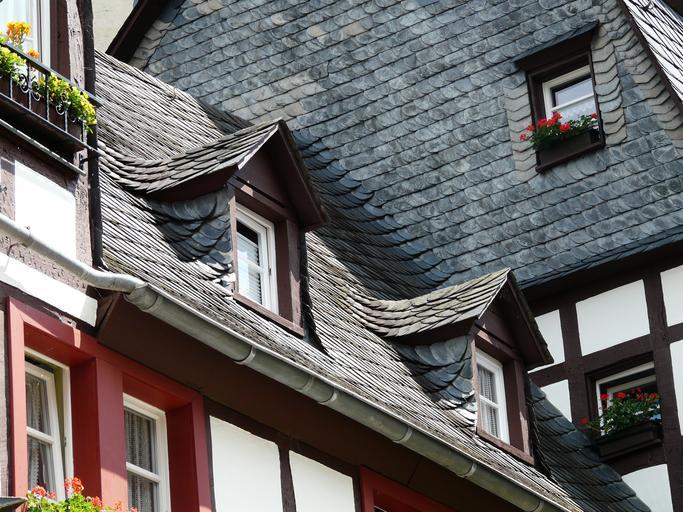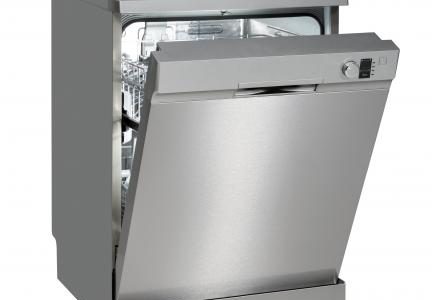How to install a slate roof?
The roof is a crucial element of any building as it protects against wind, rain and various external aggressions. Its role is fundamental to keep its interior healthy and ensure the durability of the building. There are many possibilities to cover the roof, and this post will focus on the slate roof.
The materials covering the roof vary according to several criteria:
– regional habits or local architectural constraints;
– the administrative authorizations (building permit);
– constraints related to the construction;
– the slope of the roof;
– the climate of the region;
– the available budget.
Advantages and disadvantages of a slate roof
To help you make your choice, you will find in the table below the advantages and disadvantages of slate roofing:
Benefits of a slate roof
– Longevity (up to 100 years).
– Retains its colour well.
– Ecological (natural material).
– Allows ventilation of the roof.
– Low roof weight (except for slate).
Disadvantages of a slate roof
– Relatively challenging to install (professional installation is often required).
– Heavy roofing requires a good framework.
– Cost sometimes more expensive than some more modern materials (e.g. steel roofing).
Installing the slate roof

The slates installed on a roof must be superimposed in three layers called the “triple overlap” or “laying in thirds.”
The principle of overlapping
Each slate laid on a roof is divided into 3 parts:
– The overlap refers to the surface covered by two layers of slate.
and designates the surface covered by one layer of slate.
– The eaves: designates the visible surface; it corresponds to the spacing of the battens.
Only the eaves and the false eaves receive the rain: directly for the first, by capillarity for the second.
The minimum value of the overlap varies with:
– the slope;
– the region;
– the site, the orientation;
– the length of the water flow;
– the method of fixation.
The determination of the overlap must be the object of a particular study for a slope exposed to the winds (it is advised to increase the overlap by 10 %).
The choice of the slate format depends on the adopted overlap. The height of the slates must be at least equal to 3 times the value of the overlap.
Techniques for installing slate on a roof
Slate can be installed by nailing or hooks.
In both cases, the method remains practically the same:
– Start from the bottom. Superimpose two slates on the first row by raising the one below by a chanlatte:
◦ the chanlatte is a slit wooden batten used to maintain the slope;
◦ the first row should extend about 4-5 cm; this is so the wood does not get wet.
– Make the hip:
◦ the hip is the intersection between two slopes of the roof;
◦ it can be made of slate, making the last row of slate protrude from the roof slope exposed to the wind ;
◦ it may be made of clay tile or zinc.
– Don’t use a grinder to make the cuts because the edges would be too sharp. It would help to use a roofer’s anvil to make the not too sharp edges.
Concerning the valleys, it is recommended to make a zinc valley to reinforce this area’s waterproofing.
– Concerning the cat flaps, roof windows or other singular points of the roof (chimney, ventilation outlet), there are installation techniques so that the water does not penetrate in these places.
Please note: the slate has a front and a back. The right side corresponds to the bevelled side, which will be oriented upwards to drain rainwater.
How to clean a slate roof?
Usually, slate roofs become covered with lichen over time. This proliferation retains humidity and alters the slate, especially on the North’s top, since this vegetation does not like direct sunlight.
It would help treat the roof with an anti-foam: a simple sprayer can be used to spread it on the whole roof, or if the below seems too complicated, you can call a professional.
Some precautions, however, must be taken:
– It should not rain in the 48 hours following the spraying for better effectiveness.
– To protect your roof from premature deterioration, avoid scratching the moss on your roof.
– Before using any anti-moss products, protect your hands with rubber gloves.
– Wear appropriate clothing and special glasses to protect your eyes from the harmful effects of the chemicals.
– Do not apply the product when it is too sunny to avoid accelerated evaporation.
– Protect glass (skylights) or flowers in the vicinity of the spray.
– Spray these products from the top down to prevent them from seeping under the slates.
Also, always take the time to read the manufacturer’s directions carefully. Some anti-foam products require rinsing after application, while others do not.
Slate roofs, like tile roofs, have historically been one of the most popular roofing materials, especially on sloped roofs. Don’t forget to leave your comments below, and thank you for sharing this post.






It’s interesting how a slate roof could give your home a durable and colorful roofing system that lasts for decades. My brother wants to move into a house near his office for easier office commutes. I’ll probably share this with him so he can change his future home’s roof with this roofing option.